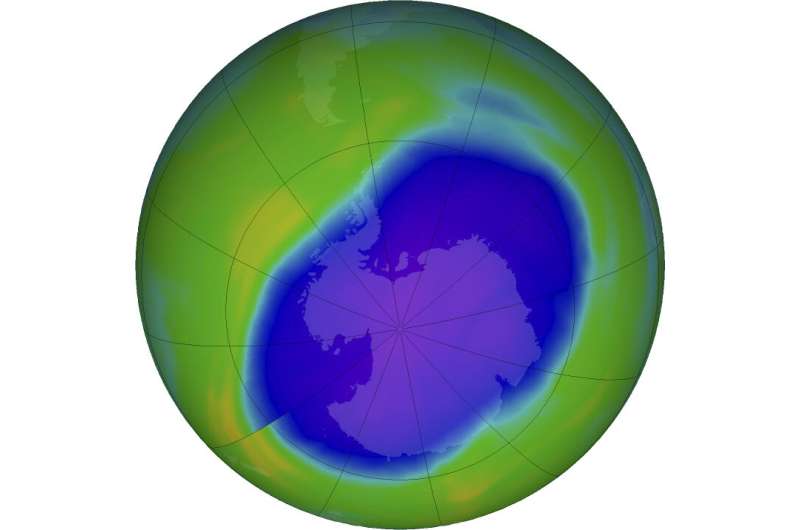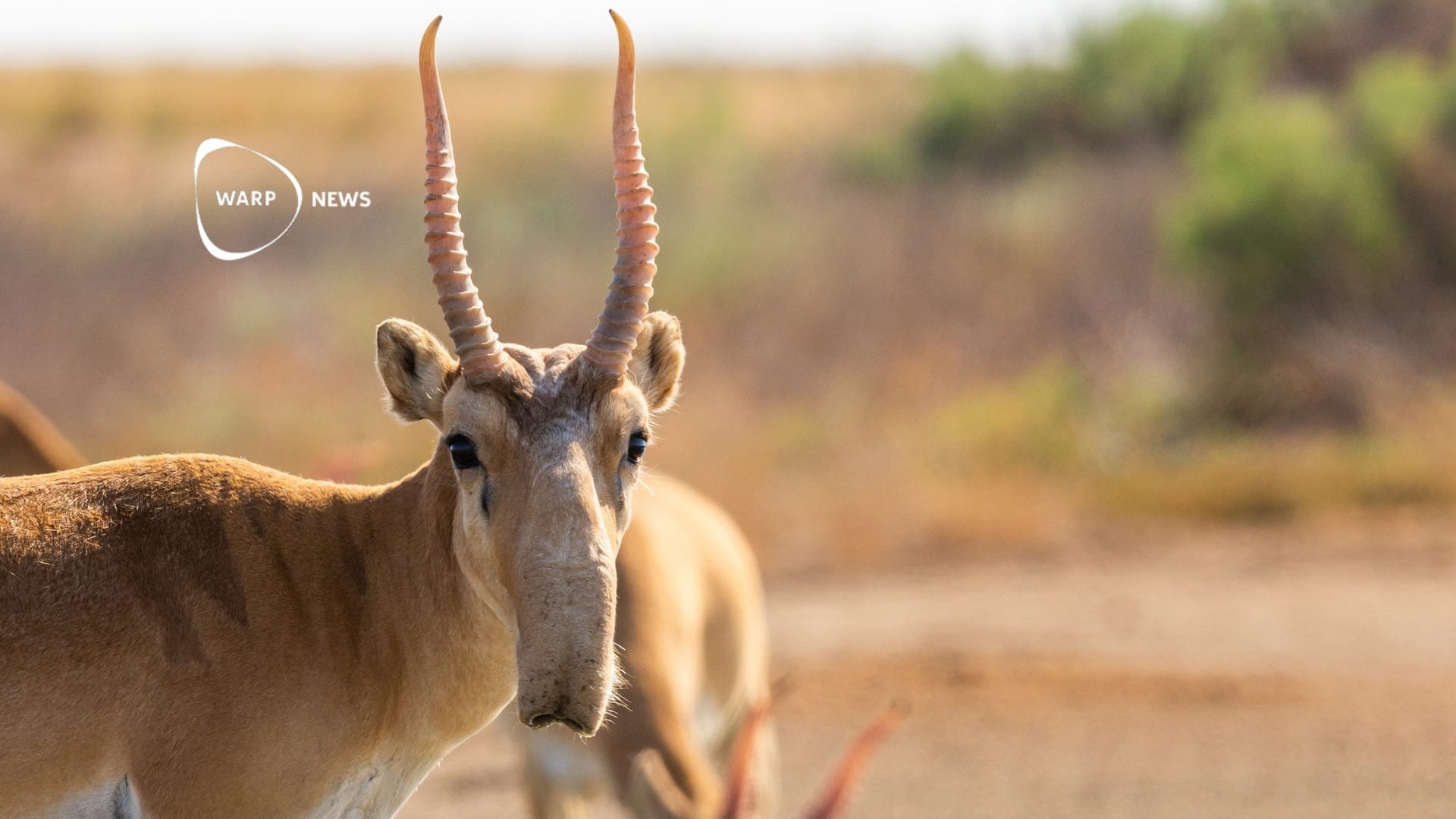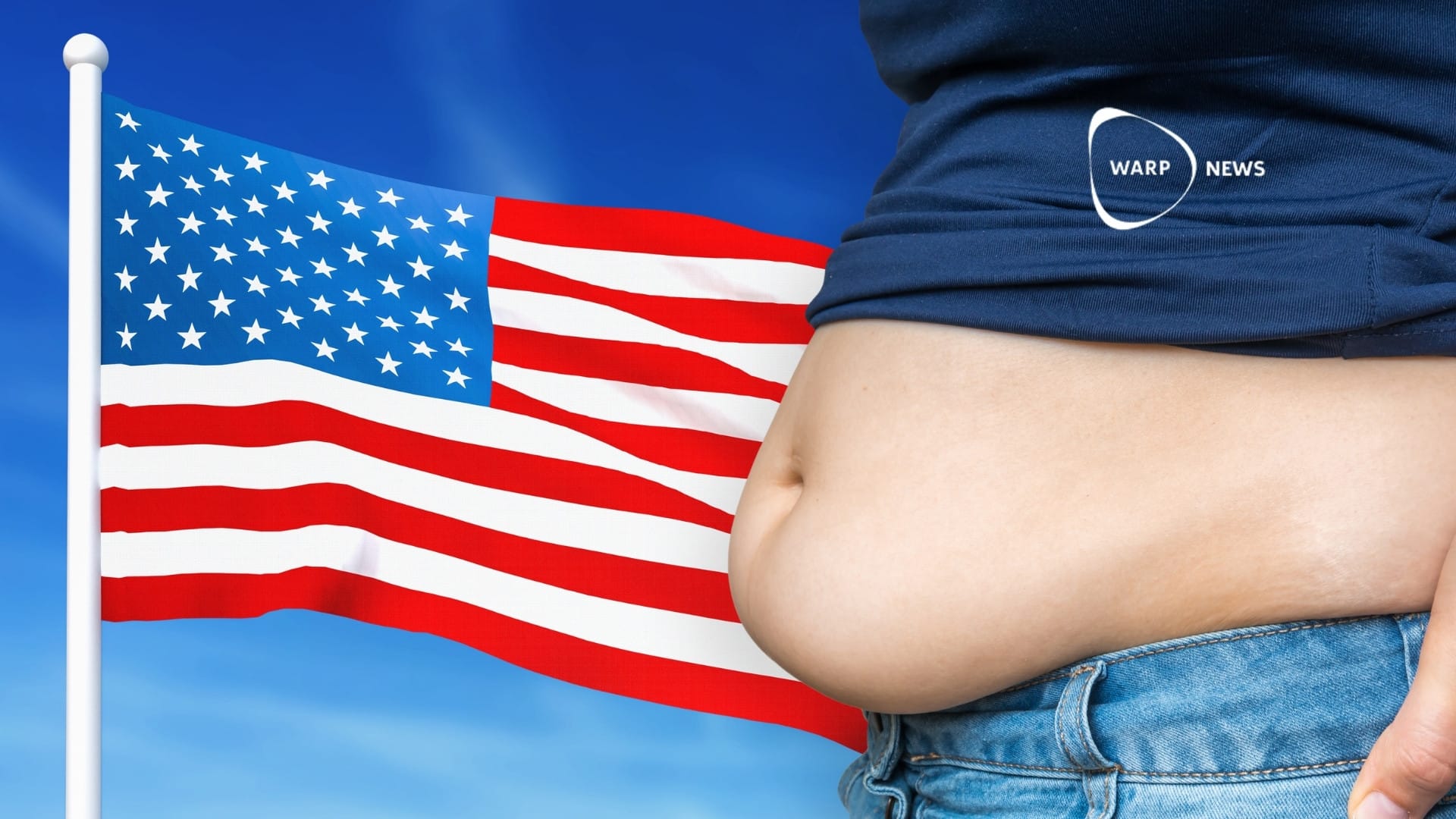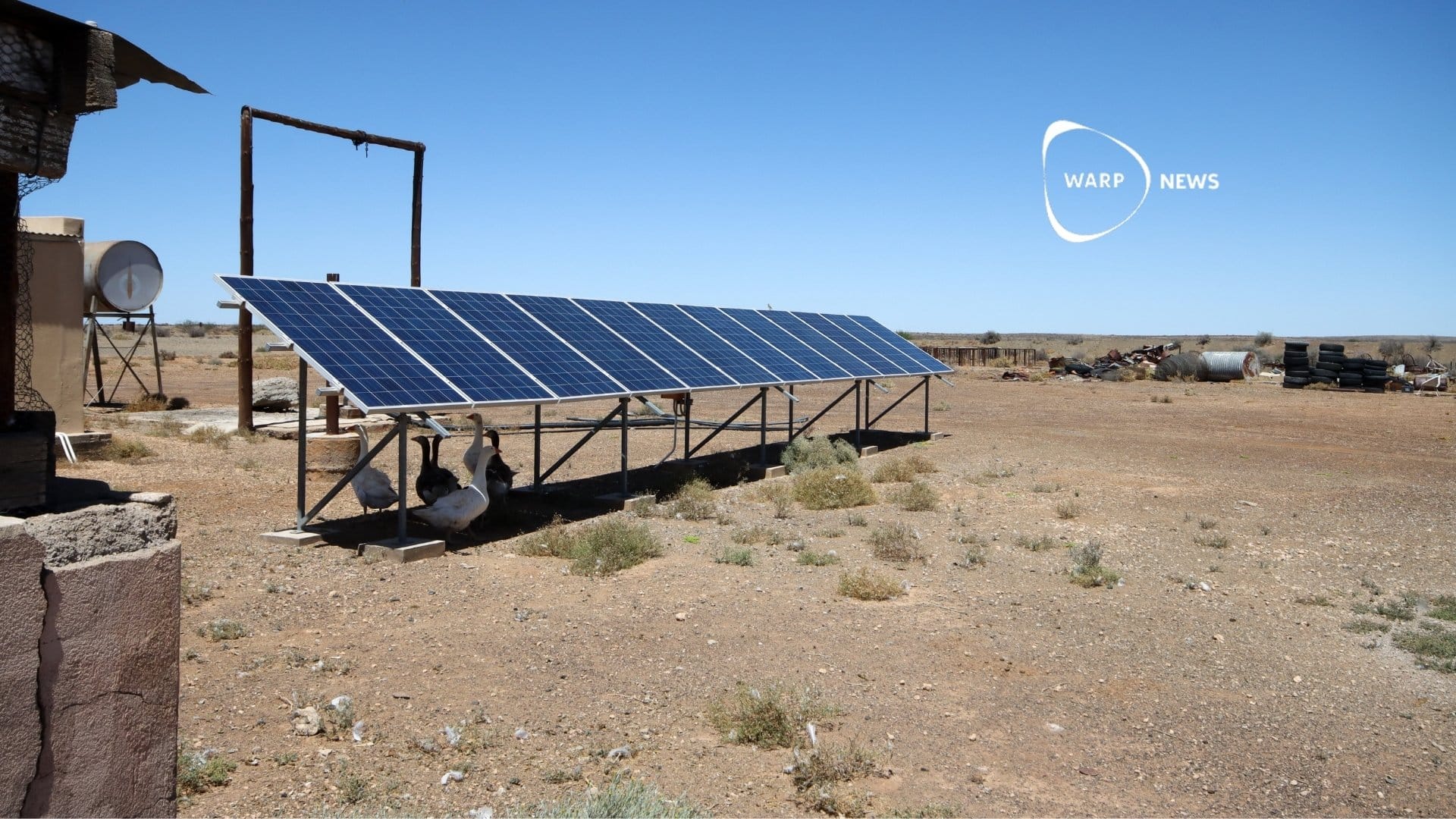
🌍 The dangerous ozone hole is getting smaller and smaller
It's progressing slowly, but it's progressing nonetheless. In a few decades, the ozone hole that lets dangerous UV radiation through will be a thing of the past.
Share this story!
Slowly but surely, the Earth's ozone layer is recovering, according to a new report from the World Meteorological Organization, WMO.
Scientists discovered in the 1980s a growing hole in the layer that protects us against dangerous UV radiation, which is harmful to both humans, animals and plants.
But a global agreement, the Montreal Protocol, to phase out chemicals that destroyed the ozone meant that the hole began to shrink.
The Montreal Protocol proved to be a great success and according to the latest calculations, the hole should be completely gone over the Arctic by 2045 and over the Antarctic by 2066.
Almost 99 percent of the chemicals that destroy ozone have now been phased out, and the WMO believes that the Montreal Protocol can serve as an example for other environmental work.
"The measures to protect the ozone layer are a model for climate measures. Our success in phasing out ozone-depleting chemicals shows what we can and must do to move away from fossil fuels, reduce greenhouse gases and limit temperature increases," says Petteri Taalas, Secretary-General of the WMO, in a press release.
Image: NASA
By becoming a premium supporter, you help in the creation and sharing of fact-based optimistic news all over the world.


